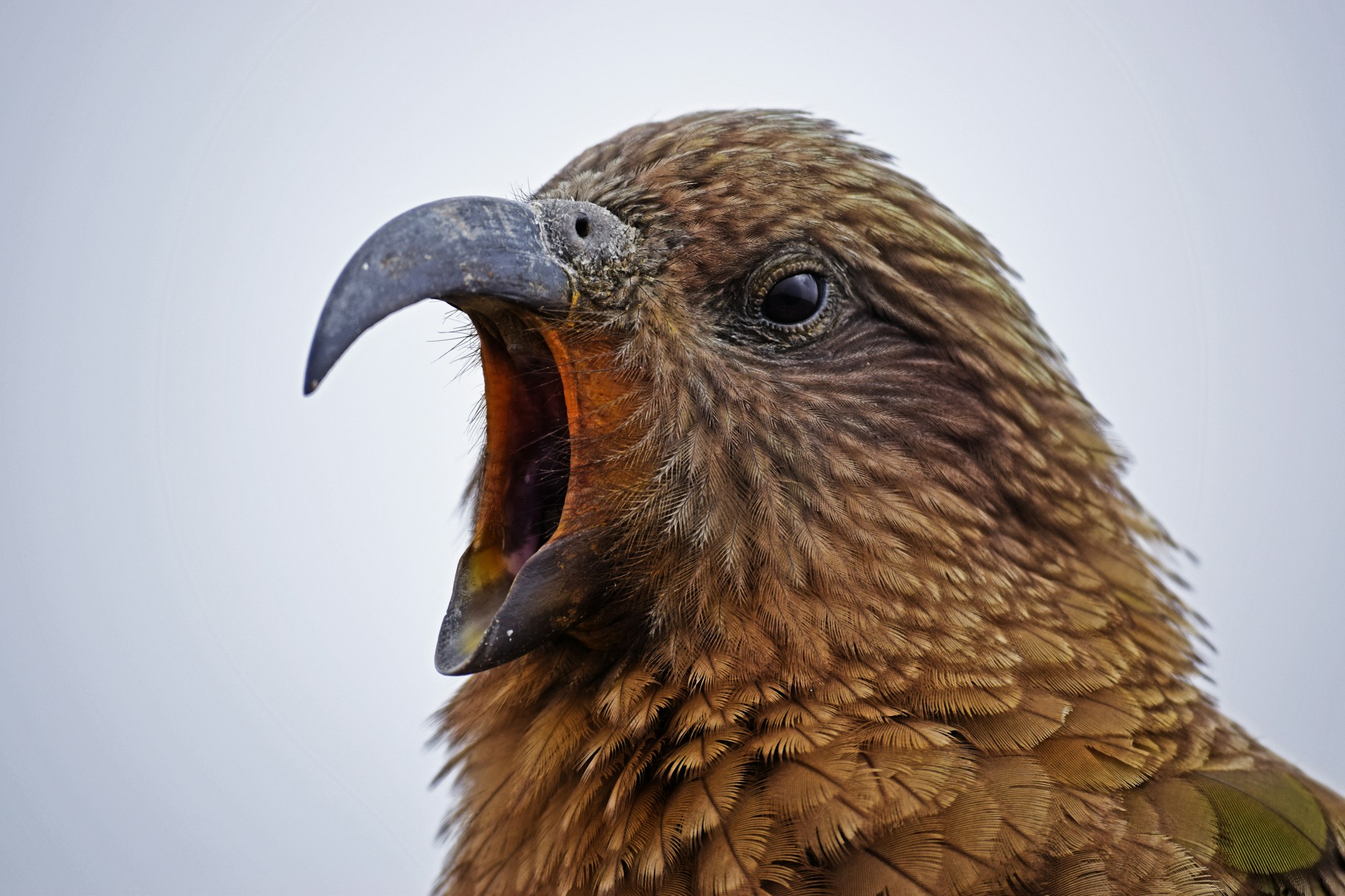Discover Kea: History, Customs, Festivals, and Traditions Guide
Explore Kea: Dive into its rich history, vibrant customs, unique festivals, and deep-rooted traditions.

Discover Kea: History, Customs, Festivals, and Traditions Guide
Introduction
Nestled in the Aegean Sea, Kea, also known as Tzia, is a treasure trove of history, vibrant customs, unique festivals, and time-honored traditions. This comprehensive travel guide is designed to immerse you in the rich cultural tapestry of Kea, offering a detailed look at its historical background, unique cultural practices, lively festivals, and fascinating local anecdotes. Let's embark on a journey to explore everything Kea has to offer!
Historical Context
Ancient Beginnings
Kea's history traces back to the Mesolithic era, approximately 9000-8000 BC. The island was known as Hydroussa in ancient times, due to its abundant water sources. It later took the name Keos, after the hero Keos from Naxos.
Classical Period
During the Classical period, Kea was a member of the Delian League, under the leadership of Athens. Archaeological findings from this era, including temples, sanctuaries, and public buildings, indicate a thriving community enriched by trade and maritime prowess.
Byzantine and Venetian Influence
In the Byzantine era, Kea flourished as a center for Christianity, documented by numerous churches and monasteries. The Venetians later took control in the 13th century, leaving a distinctive architectural and cultural imprint. The renowned Castle of Oria stands testament to Venetian fortification efforts.
Ottoman Occupation
Kea fell under Ottoman rule in the mid-16th century. Despite the occupation, the island maintained a degree of autonomy, preserving its customs and traditions. This period is marked by resilience and a continuous fight for identity and freedom.
Modern Times
Post-Greek independence, Kea gradually integrated into modern Greece, balancing its rich historical heritage with contemporary development. Today, the island is a blend of tranquil natural beauty, historical sites, and a bustling local culture.
Cultural Practices
Daily Life
Kea's inhabitants, known as Keans, live a life deeply rooted in their ancestral customs. Traditional coffee houses, or 'kafenia', serve as social hubs where locals gather to discuss matters of the day, play cards, or simply enjoy a leisurely coffee.
Craftsmanship
Handicrafts, particularly weaving and pottery, are integral to Kean culture. Local artisans use techniques passed down through generations to create intricate textiles and ceramics, often sold in markets and shops throughout the island.
Cuisine
Kean cuisine offers a delightful array of flavors, featuring fresh seafood, hearty meats, and locally grown vegetables. Signature dishes include:
- Fried Squid
- Lamb stew with greens
- Paspala (pork with tomatoes and eggs)
- Xynotyri (local cheese)
Wine, particularly the traditional 'Mavroudi' variety, is celebrated for its distinctive taste and quality.
Festivals
Panagia Kastriani Festival
Held in late August, this festival honors the Virgin Mary. Pilgrims from across Greece visit the monastery of Panagia Kastriani, partaking in prayers, processions, and feasts. The event culminates in a grand celebration with music, dance, and local delicacies.
Apokries (Carnival)
Apokries is Kea's version of Carnival, celebrated with parades, masquerades, and traditional costumes. The festivities, which occur in late winter, symbolize the end of winter and the advent of spring, filled with vibrant performances and communal joy.
Summer Cultural Festival
Throughout summer, Kea hosts a series of cultural events, including music concerts, theater performances, and art exhibitions. These events, often set against the backdrop of the island's stunning landscapes, draw both locals and tourists into a rich tapestry of artistic expression.
Traditions
Folk Music and Dance
Music and dance are central to Kean tradition. Instruments such as the bouzouki, lyra, and santouri accompany traditional folk songs. Dances like the 'Syrtos' and 'Balos' are performed at festivals, weddings, and community gatherings, often involving intricate footwork and exuberant displays.
Religious Practices
Religion plays a vital role in Kea’s daily life. The island is dotted with charming churches and chapels, each with unique architectural features and historical significance. Religious services, particularly during Orthodox holidays such as Easter, are well-attended, reflecting the deep faith of Kea’s inhabitants.
Local Anecdotes
Stories and legends are passed down through generations, adding a mystical element to Kea’s culture. One popular tale is about the Lion of Kea, a gigantic statue that, according to myth, protected the island from malevolent forces. This emblematic figure symbolizes Kea’s strength and resilience.
Interesting Facts
- Kea is part of the Cyclades archipelago, known for its unique flora and fauna, including rare plant species and the Mediterranean Monk Seal.
- The island hosts several ancient structures, including the Temple of Apollo and the prehistoric settlement of Agia Irini, offering a window into ancient civilization.
- Kea's picturesque villages, such as Ioulida, Vourkari, and Otzias, feature traditional Cycladic architecture, with white-washed houses, narrow alleys, and vibrant bougainvillea.
- Scuba diving enthusiasts flock to Kea to explore the wreck of the HMHS Britannic, the sister ship of the Titanic, which sank off the coast of Kea during World War I.
- Kea's hiking trails, crisscrossing the island, offer breathtaking views and connect historical landmarks, making it a paradise for nature lovers and history buffs alike.
